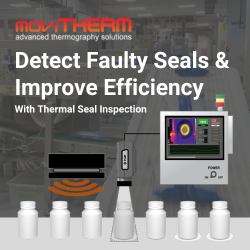IoT solutions are built for many vertical applications such as environmental monitoring and control, health monitoring, vehicle fleet monitoring, industrial monitoring and control, and home automation.
Internet of Things
Eric Wetjen | MathWorks
.png)
The above diagram provides a high-level look at an IoT system.
Internet of Things (IoT) describes an emerging trend where a large number of embedded devices (things) are connected to the Internet. These connected devices communicate with people and other things and often provide sensor data to cloud storage and cloud computing resources where the data is processed and analyzed to gain important insights. Cheap cloud computing power and increased device connectivity is enabling this trend.
IoT solutions are built for many vertical applications such as environmental monitoring and control, health monitoring, vehicle fleet monitoring, industrial monitoring and control, and home automation. MATLAB and Simulink products support IoT systems by helping engineers develop and test smart devices, access and collect data in the cloud, and analyze IoT data.
At a high level, many IoT systems can be described using the diagram as shown in Figure 1. The left side of the diagram illustrates the smart devices (the “things” in IoT) that live at the edge of the network. These devices collect data and include things like wearable devices, wireless temperatures sensors, heart rate monitors, and hydraulic pressure sensors. The middle of the diagram represents the cloud where data from many sources is aggregated and analyzed in real time, often by an IoT analytics platform designed for this purpose. The IoT platform collects, processes, and stores data from the smart devices that are often geographically dispersed, and it may have the capability to analyze and take action on the incoming data.
The right side of the diagram depicts the algorithm development associated with the IoT application. Here an engineer or data scientist tries to gain insight into the collected data by performing historical analysis on the data. In this case, the data is pulled from the IoT platform into a desktop software environment to enable the engineer or scientist to prototype algorithms that may eventually execute in the cloud or on the smart device itself.
For more on how MATLAB and Simulink support IoT systems, visit here.
The content & opinions in this article are the author’s and do not necessarily represent the views of ManufacturingTomorrow
Comments (0)
This post does not have any comments. Be the first to leave a comment below.
Featured Product

